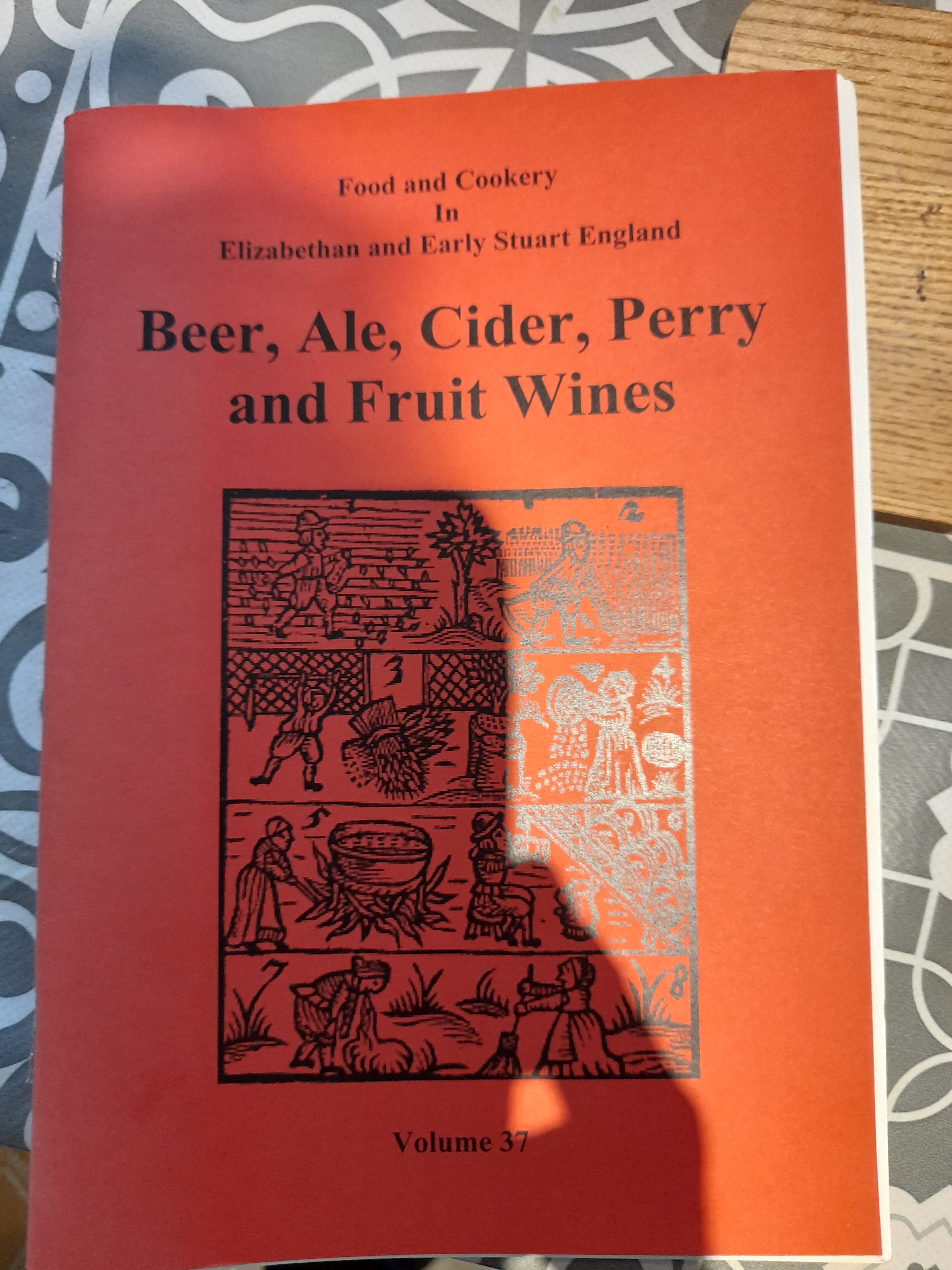But do we know enough to get there?The goal is a 18th century brown malt. Modern brown malt has little to do with the former.
How about the portion of brown cut with something else?

But do we know enough to get there?The goal is a 18th century brown malt. Modern brown malt has little to do with the former.
But do we know enough to get there?
How about the portion of brown cut with something else?
Fullers London Porter.
Took home a Bronze with this one.
Only the historic brown malt with the baddest quality was likely a bit smoky, Ron is elaborating on that somewhere in the depth of his blog.Can you elaborate?
(There was likely a smokey quality that would be lacking, but what apart from that?)
My personal guess, and it's really nothing but an uneducated guess, is that a mix of imperial malt, a bit of pale malt and maybe some black malt could come close. Maybe a certain percentage of modern brown malt as well? Don't know about that.










Only the historic brown malt with the baddest quality was likely a bit smoky, Ron is elaborating on that somewhere in the depth of his blog.
Not something I've done myself but I have tried a friend's effort who split a batch and Bretted some of the bottles. Which made a big difference but was a bit much on its own - the ideal was maybe a 1:2 blend of Bretted:unbretted. Which of course sounds rather like the traditional blending stock ale with fresh.What is your favourite historical UK (London?) porter recipe from the Victorian era that you have successfully brewed?
I wish this would become a thing. I mean, like a big thing, like our madness for IPA. Unfortunately it never will, at least not in the USA, because it's too complicated, and/or we would ruin it with other crappy interpretations.Not something I've done myself but I have tried a friend's effort who split a batch and Bretted some of the bottles. Which made a big difference but was a bit much on its own - the ideal was maybe a 1:2 blend of Bretted:unbretted. Which of course sounds rather like the traditional blending stock ale with fresh.
If it was something that I'd drink enough of to make it worth the effort, I'd make it an annual brew, keeping back 1/3 to age with Brett clausenii, and then blending 2/3 of the new batch with 1/3 of the previous year's aged with Brett for portery perfection.
I think you may be right. I have experimented with this. Last year I made a pretty good Munich dunkles lager using none other than home-kilned American 2-row pale malt. It was a true SMASH beer. Turned out to be a deep copper colored beer about 19 SRM. Here are my detailed notes about how I kilned the malt in my oven:My best theory is that historical brown malt was kilned in a gradient where the bottom of the batch closest to the heat was dark brown/blown malt and the top of the batch was barely kilned at all, so you'd end up with a diastatic malt which ranged the full spectrum from pale to black
I got several 4.5 l balloons sitting around, doing nothing since years.Not something I've done myself but I have tried a friend's effort who split a batch and Bretted some of the bottles. Which made a big difference but was a bit much on its own - the ideal was maybe a 1:2 blend of Bretted:unbretted. Which of course sounds rather like the traditional blending stock ale with fresh.
If it was something that I'd drink enough of to make it worth the effort, I'd make it an annual brew, keeping back 1/3 to age with Brett clausenii, and then blending 2/3 of the new batch with 1/3 of the previous year's aged with Brett for portery perfection.
This sums up my thoughts as well! I fully agree.I had a thread where i attempted several methods for making diastatic brown malt without success.
https://www.homebrewtalk.com/threads/loss-of-diastatic-power-from-toasting-malt.684036/
My best theory is that historical brown malt was kilned in a gradient where the bottom of the batch closest to the heat was dark brown/blown malt and the top of the batch was barely kilned at all, so you'd end up with a diastatic malt which ranged the full spectrum from pale to black
If you're trying to be historical then you want a light hand with the Brett, hence my suggestion of claussenii ("Brett-C"). Especially if you're leaving it for a while the Brett starts trampling over everything else, which is not what you want - hence diluting it with fresh.I know, We've been here before, but, any brett recommendations? Yeast recommendations as well?
I will bottle about 1/3 directly, the rest will get the bretts. Probably one of these brett mixes would be best?
Are these beers brett beers? Or is it more like a super belgian yeast?If you're trying to be historical then you want a light hand with the Brett, hence my suggestion of claussenii ("Brett-C"). Especially if you're leaving it for a while the Brett starts trampling over everything else, which is not what you want - hence diluting it with fresh.
For big dark beers I'm finding it hard to get past harvested Rochefort dregs, noticeably more complex than WLP540, cheaper and you get "free" Rochefort to drink!!!
[talking of which, for anyone in NW England, I found Rochefort 6 in a Booths supermarket a few weeks ago and the dregs seem to be successfully fermenting wort at the moment, previously I've successfully harvested from Rochefort 10]
No, this is just using the Rochefort Saccharomyces for the primary fermention, it's just a really nice yeast for that.Are these beers brett beers? Or is it more like a super belgian yeast?
